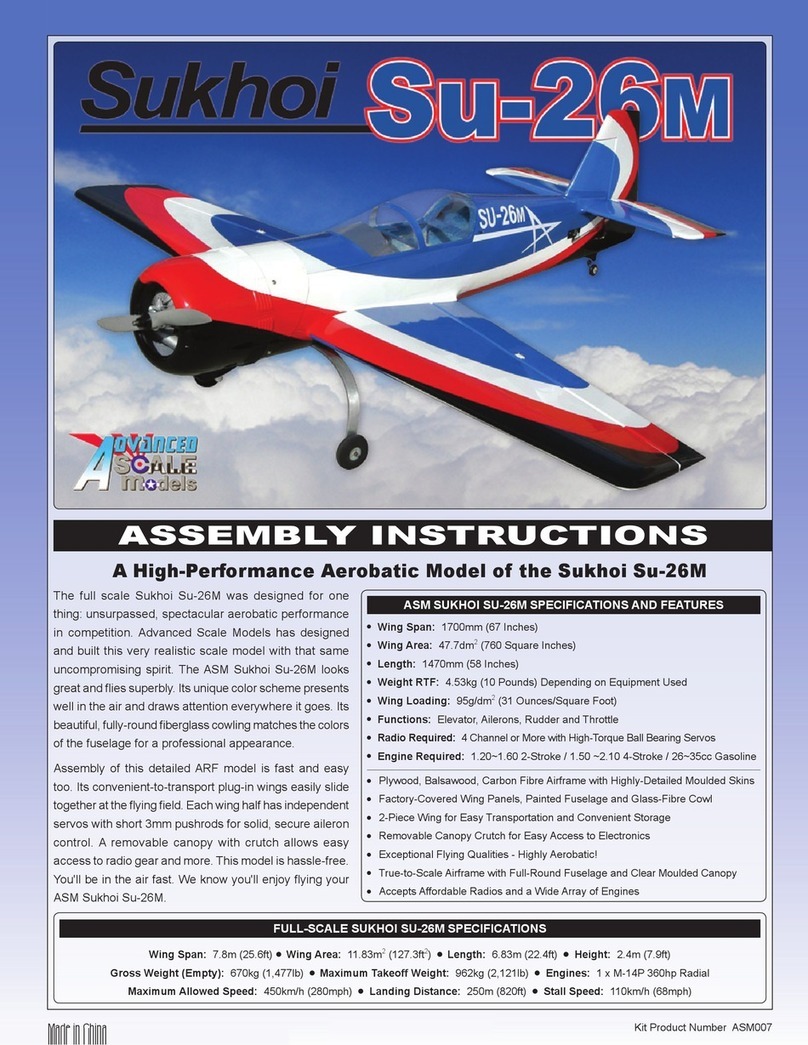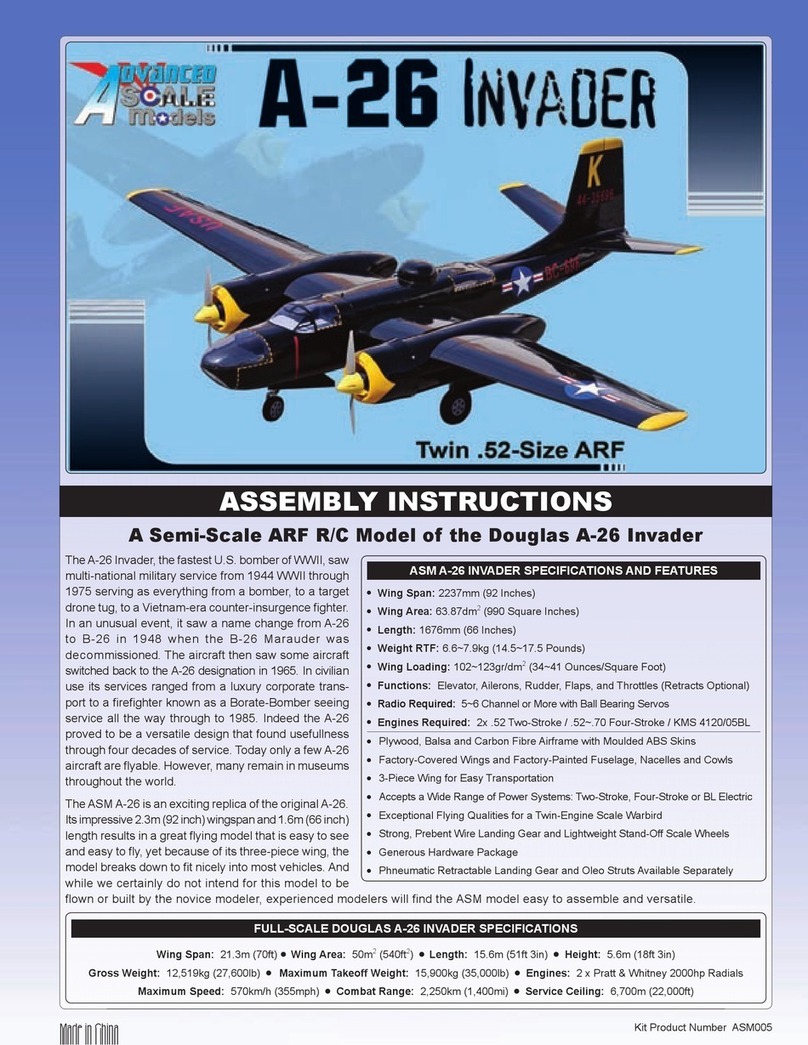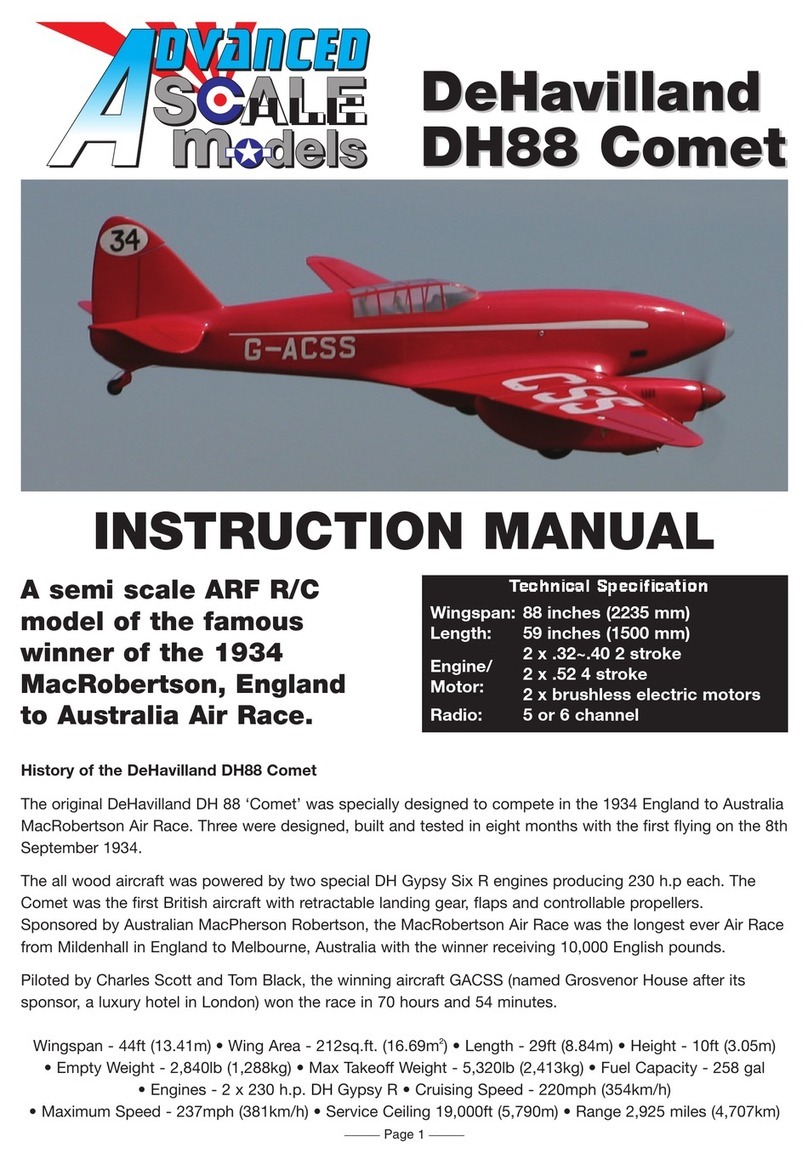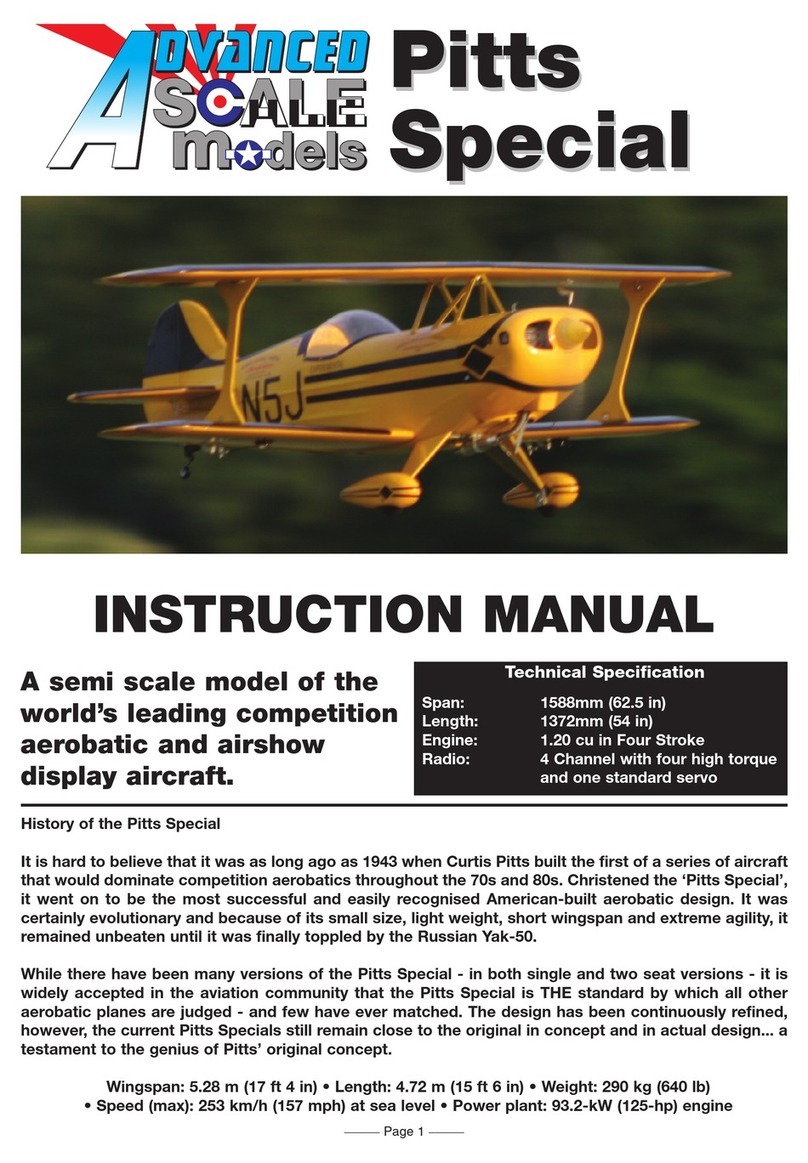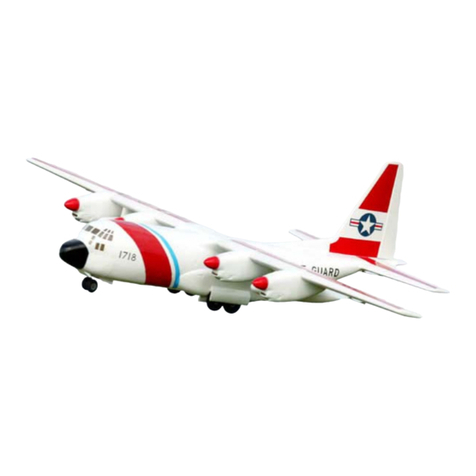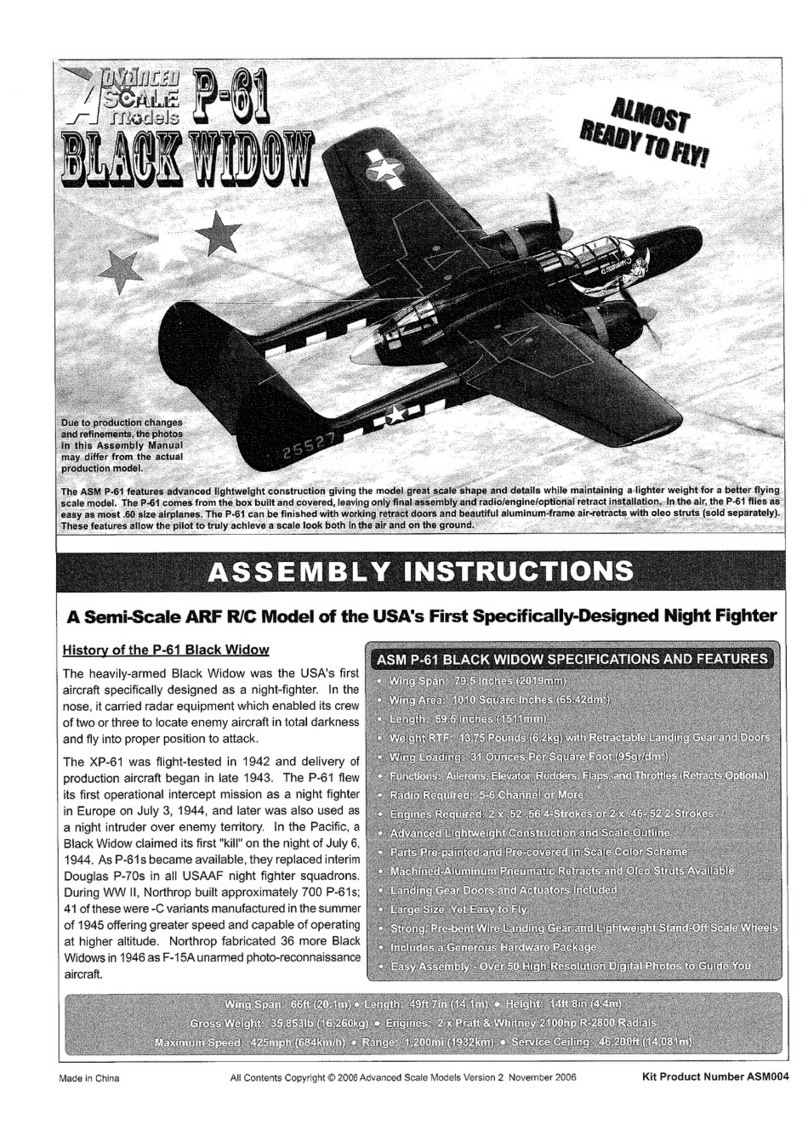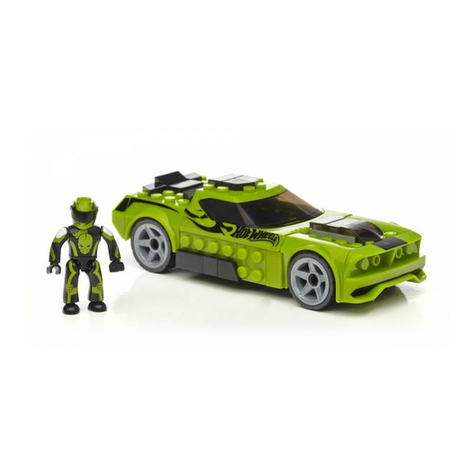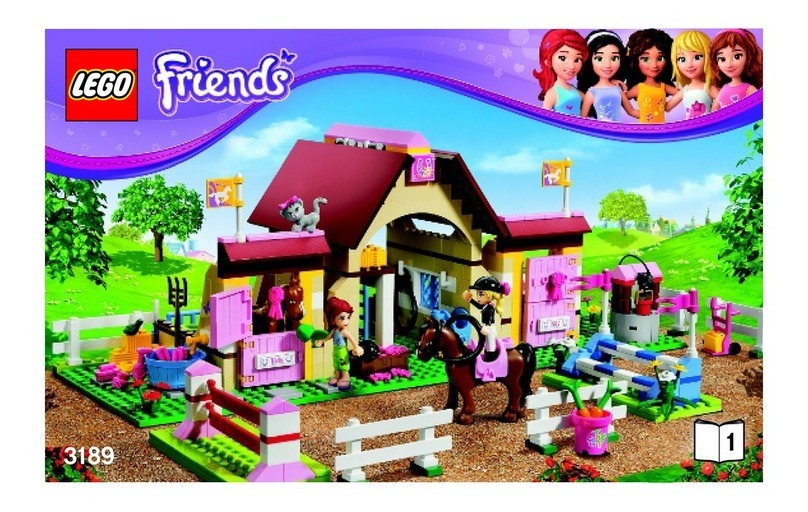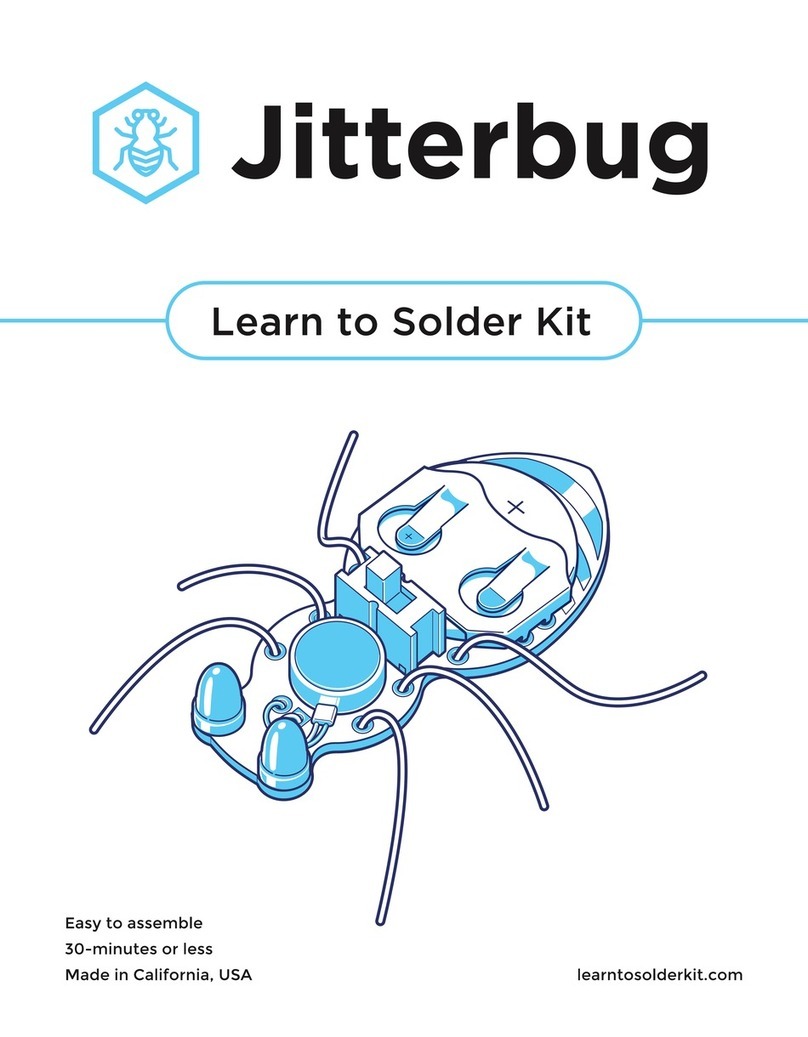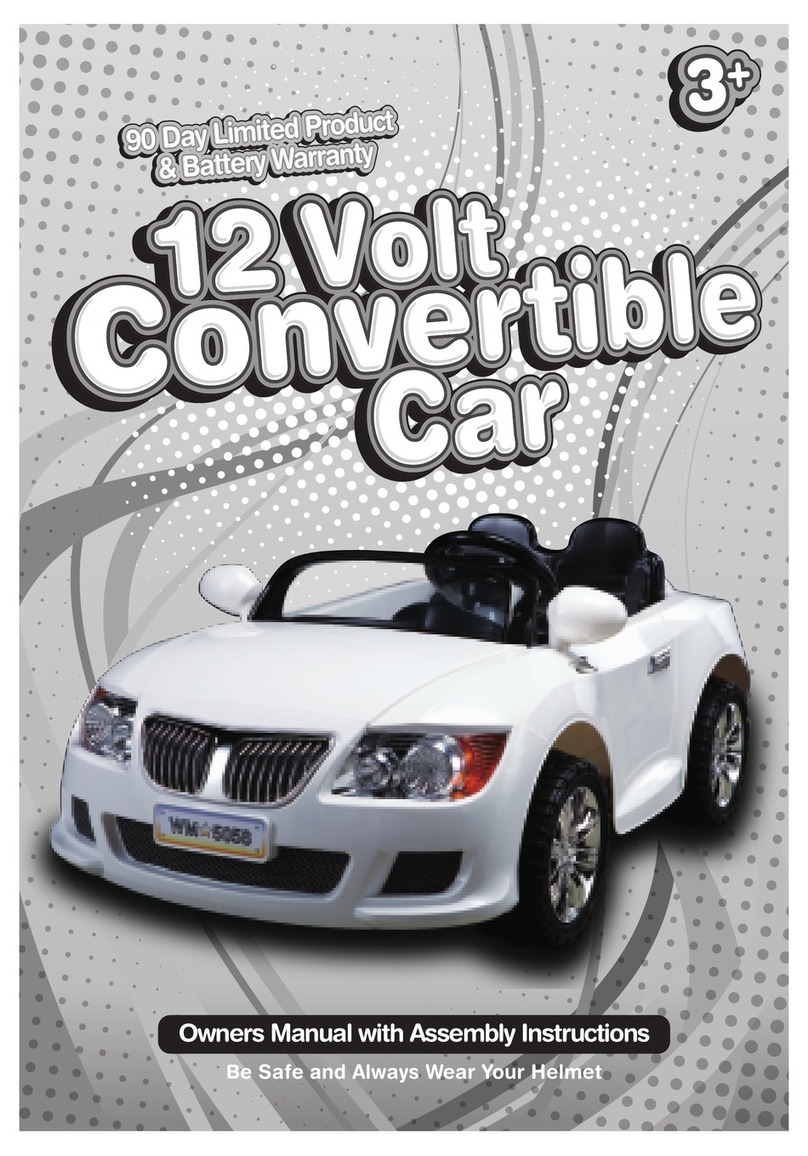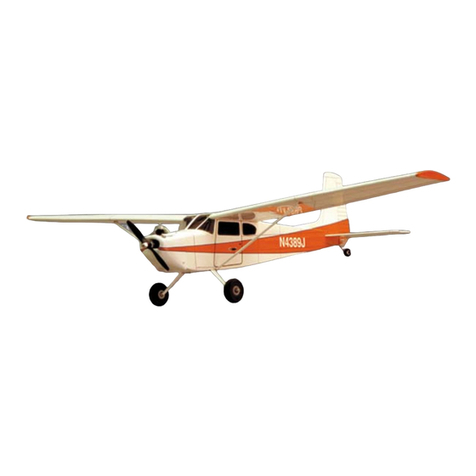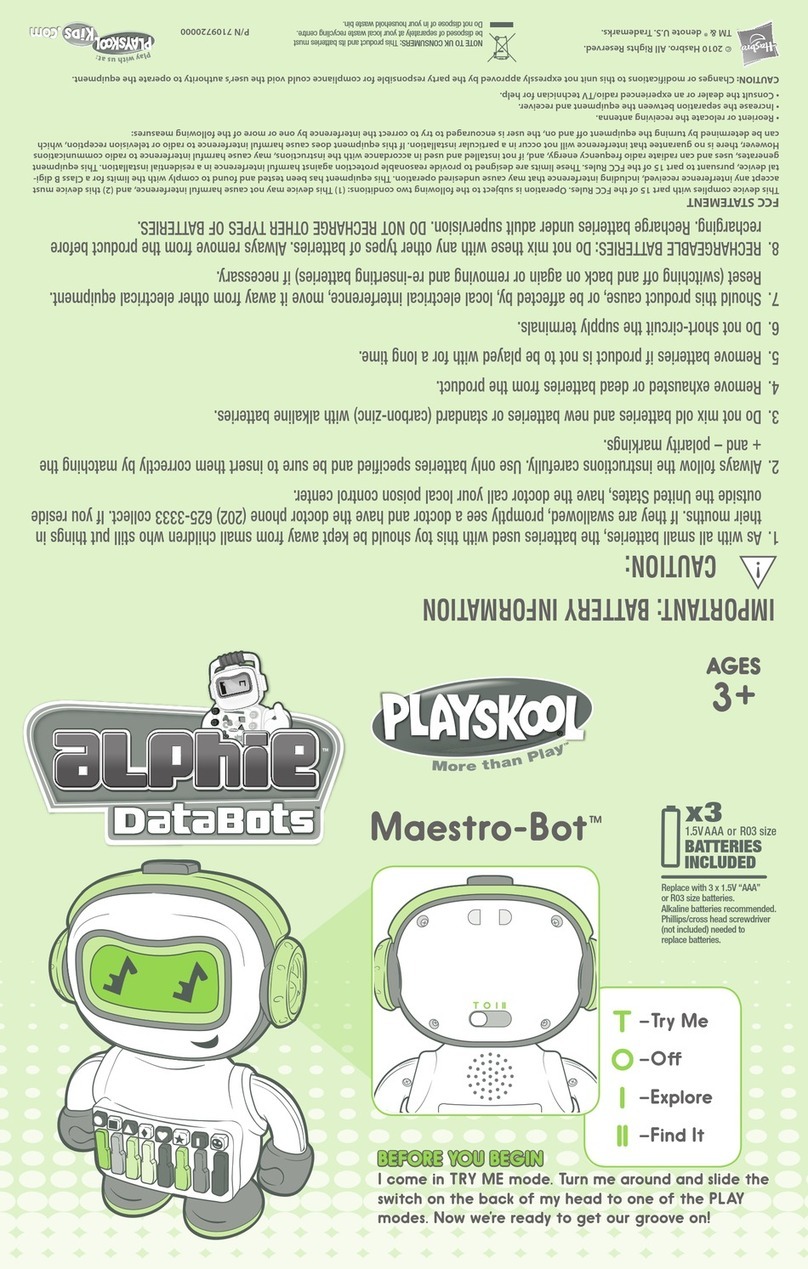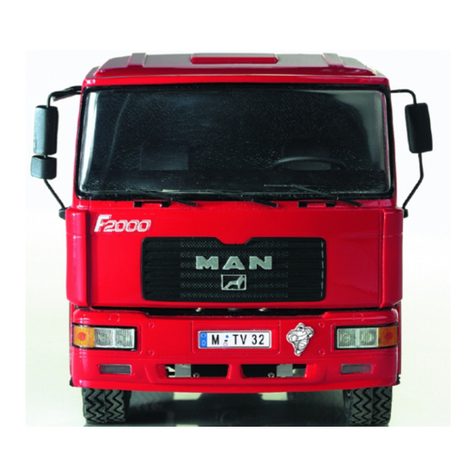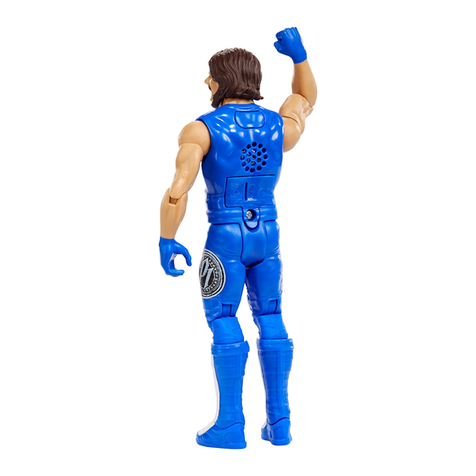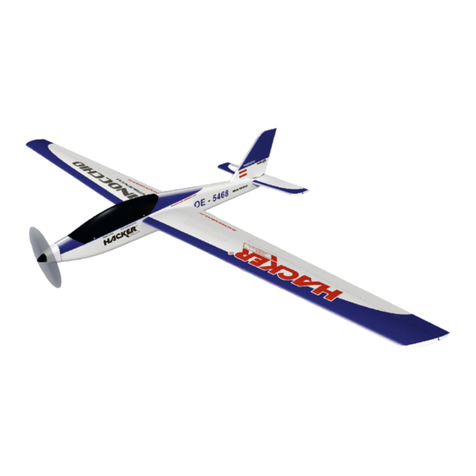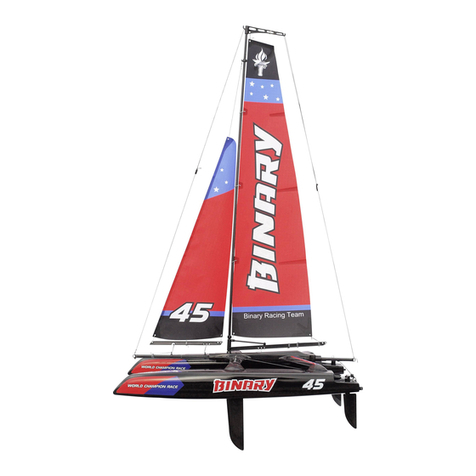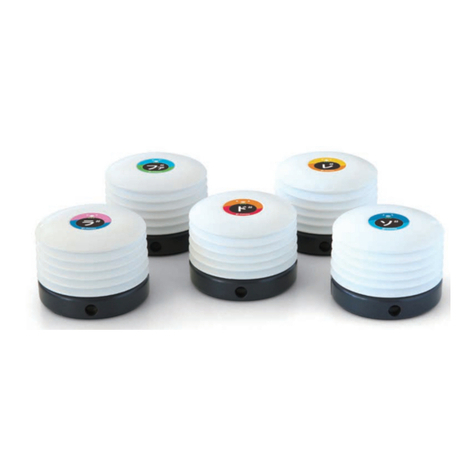
1
A S S E M B L Y INSTRUCTIONS
Kit Product Number A-ASM003
Wing Span: 66ft (20.1m) ●Length: 49ft 7in (14.1m) ●Height: 14ft 8in (4.4m)
Gross Weight: 35,853lb (16,260kg) ●Engines: 2 x Pratt & Whitney 2100hp R-2800 Radials
Maximum Speed: 425mph (684km/h) ●Range: 1,200mi (1932km) ●Service Ceiling: 46,200ft (14,081m)
Made in China All Contents Copyright © 2006 Advanced Scale Models Version 1 July 2006
History of the P-61 Black Widow
The heavily-armed Black Widow was the USA's rst
aircraft specically designed as a night-ghter. In the
nose, it carried radar equipment which enabled its crew
of two or three to locate enemy aircraft in total darkness
and y into proper position to attack.
The XP-61 was ight-tested in 1942 and delivery of
production aircraft began in late 1943. The P-61 ew
its rst operational intercept mission as a night ghter
in Europe on July 3, 1944, and later was also used as
a night intruder over enemy territory. In the Pacic, a
Black Widow claimed its rst "kill" on the night of July 6,
1944. As P-61s became available, they replaced interim
Douglas P-70s in all USAAF night ghter squadrons.
During WW II, Northrop built approximately 700 P-61s;
41 of these were -C variants manufactured in the summer
of 1945 offering greater speed and capable of operating
at higher altitude. Northrop fabricated 36 more Black
Widows in 1946 as F-15A unarmed photo-reconnaissance
aircraft.
●Wing Span: 79.5 Inches (2019mm)
●Wing Area: 1010 Square Inches (65.42dm2)
●Length: 59.5 Inches (1511mm)
●Weight RTF: 13.75 Pounds (6.2kg) with Retractable Landing Gear and Doors
●Wing Loading: 31 Ounces Per Square Foot (95gr/dm2)
●Functions: Ailerons, Elevator, Rudders, Flaps, and Throttles (Retracts Optional)
●Radio Required: 5-6 Channel or More
●Engines Required: 2 x .52-.61 4-Strokes
● Advanced Lightweight Construction and Scale Outline
● Parts Prepainted and Precovered in Scale Color Scheme
● Machined-Aluminum Phneumatic Retracts and Oleo Struts Available
● Landing Gear Doors and Actuators Included
●Large Size, Yet Easy to Fly
●Strong, Prebent Wire Landing Gear and Lightweight Stand-Off Scale Wheels
●Includes a Generous Hardware Package
●Easy Assembly - Over 50 High-Resolution Digital Photos to Guide You
ASM P-61 BLACK WIDOW SPECIFICATIONS AND FEATURES
The ASM P-61 features advanced lightweight construction giving the model great scale shape and details while maintaining a lighter weight for a better ying
scale model. The model comes from the box built and covered, leaving only nal assembly and radio/engine/optional retract installation. In the air, this model
ies as easy as most .60 size planes. The plane can be nished with working retract doors and beautiful aluminum-frame air-retracts (sold separately). So, the
pilot can truly achieve a scale look in the air and on the ground.
















